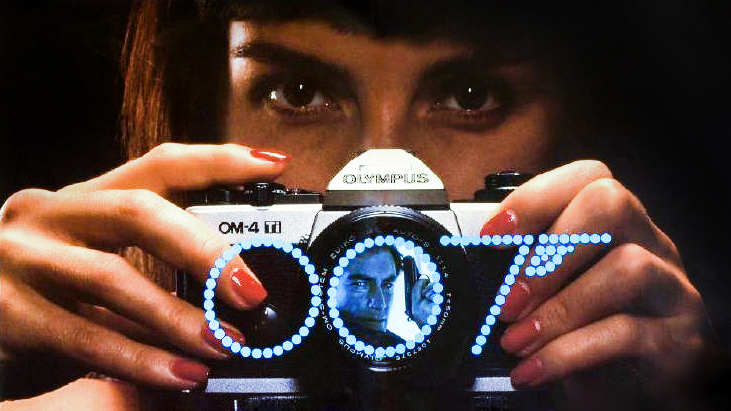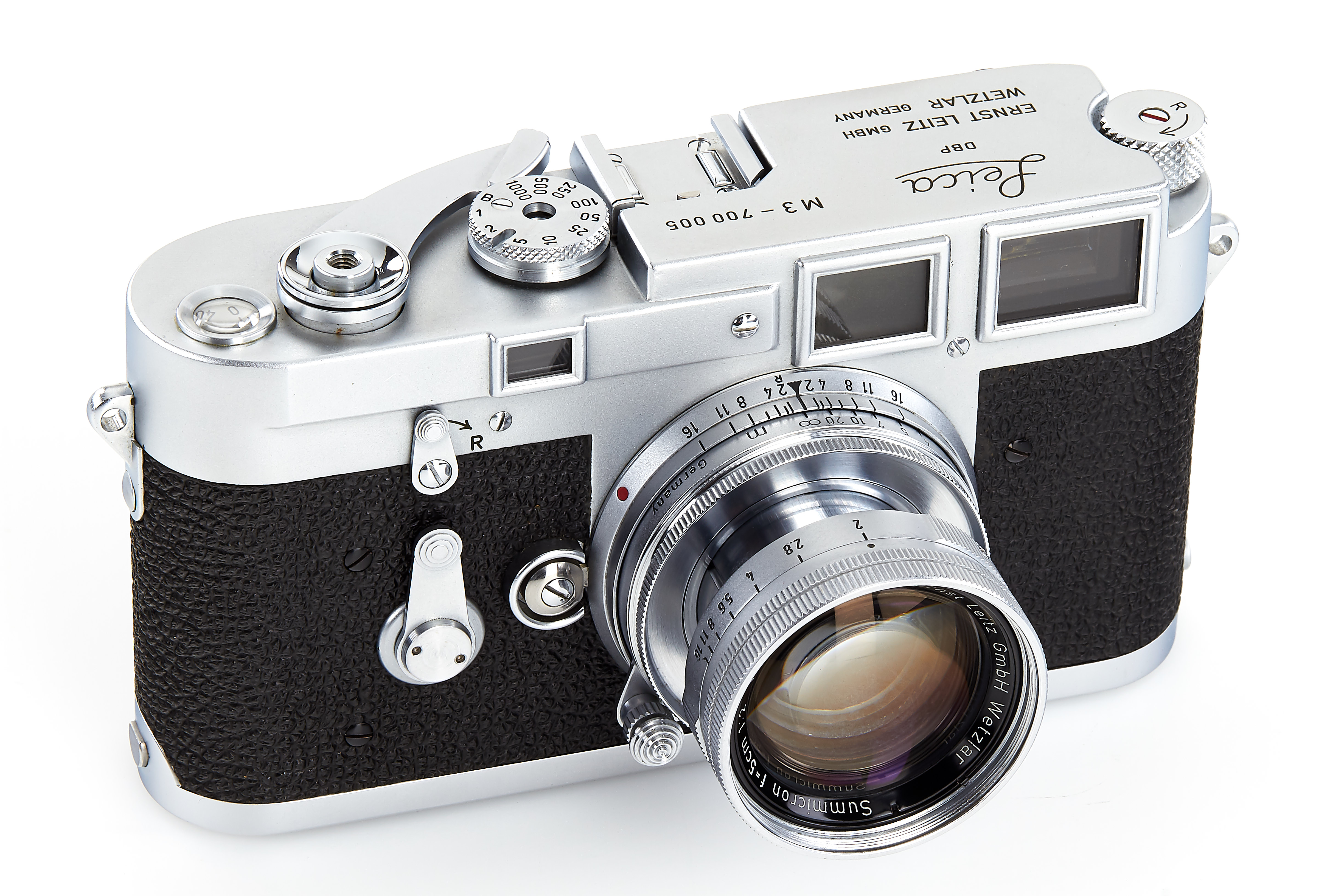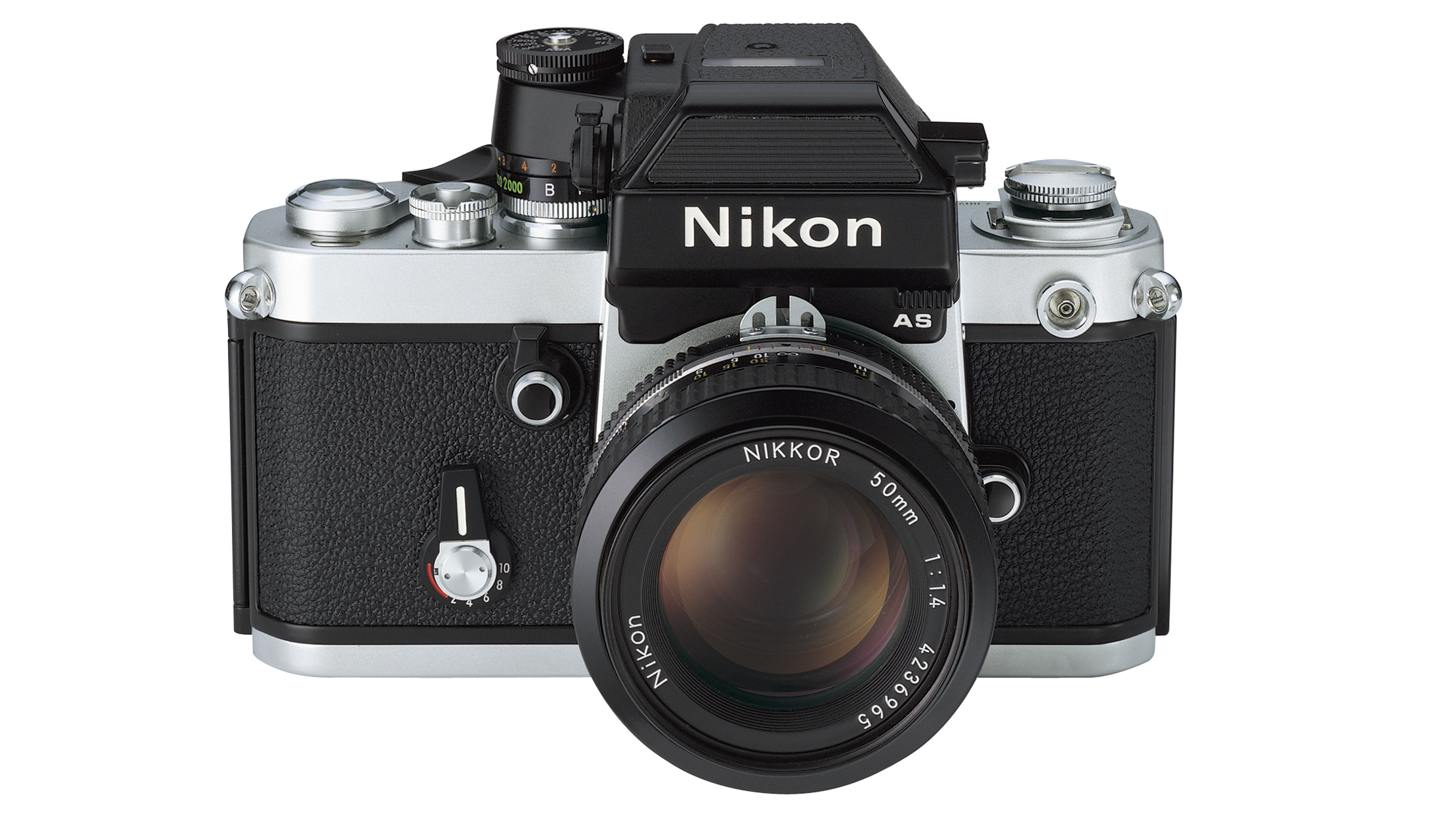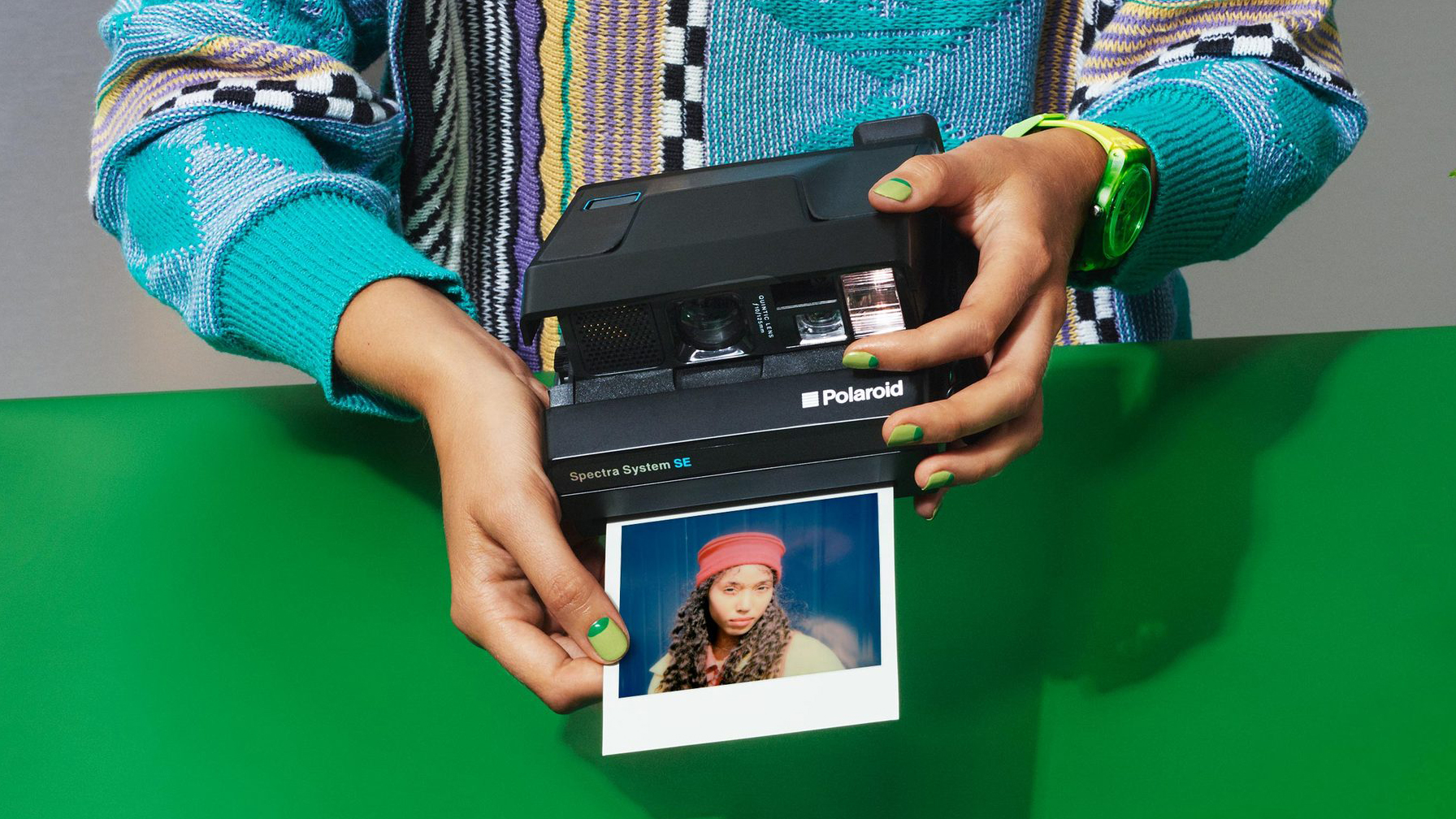(00)7 real cameras used by James Bond
Today is James Bond Day! To celebrate, here are the (00)7 real cameras (not gadgets!) used by the super spy

Happy James Bond Day! Yes, that's actually a thing, as October 05 marks the anniversary of the world premiere of 007's first ever cinematic outing, Dr No (starring Sean Connery) in 1962.
While the world argues over who should be the next Bond – with Idris Elba topping a recent survey by Showcase Cinemas, though our pick has to be Henry Cavill – we thought we'd celebrate the super spy's 60th anniversary by looking at the cameras he used over the years.
Of course, given all the weird and wonderful gadgets featured in the flicks, there have been plenty of completely made-up cameras. Here, though, we're looking strictly at real-life cameras – which means the likes of Moonraker's 007-branded spy camera and A View to a Kill's ring camera (as in the jewelry, not the Amazon doorbell camera) won't be included.
So then, straight from Q Branch, here are the (00)7 real cameras used by James Bond!
Leica M3 (Goldfinger)

While he didn't pick one up on the 1964 movie adaptation, Bond was a believer in 'Leica Magic' in the original 1959 Goldfinger novel.
"Bond took the elevator up to his suite. He went to his suitcase and extracted an M3 Leica, an MC exposure meter, a K2 filter and a flash-holder. He put a bulb in the holder and checked the camera. He went to his balcony, glanced at the sun to estimate where it would be at about three-thirty and went back to the sitting room, leaving the door to the balcony open. He stood at the balcony door and aimed the exposure meter.
"The exposure was one-hundredth of a second. He set this on the Leica, put the shutter at f11, and the distance at twelve feet. He clipped on a lens hood and took one picture to see that all was working. Then he wound on the film, slipped in the flash-holder and put the camera aside."
Get the Digital Camera World Newsletter
The best camera deals, reviews, product advice, and unmissable photography news, direct to your inbox!
Minox B (Casino Royale)
No, not that one! While the 2006 Casino Royale gave us the Daniel Craig's first outing as James Bond, we're talking about the 1967 Casino Royale that marked David Niven's debut. Though as 007 nerds will know, the very first Casino Royale adaptation was in 1954 – with the very first actor to play Bond being Barry Nelson, portraying an American agent of the "Combined Intelligence Agency" (with his opposite number, Clarence Leiter, playing a British agent, in some sort of multiversal madness).
Anyway, Bond's quartermaster (played here by Geoffrey Bayldon) brandishes a Minox B 8x11 subminiature camera in this parody flick, which featured a 15mm f/3.5 Complan lens and a built-in light meter.
Minox A III (On Her Majesty's Secret Service)
Another one-and-done Bond actor now, this time the underappreciated Australian George Lazenby (who famously lied his way into an audition, then in a suitably Bond-like turn proceeded to win the part by sheer force of bravado and charisma).
The 1969 outing, On Her Majesty's Secret Service, saw 007 use another Minox 8x11 subminiature camera – this time the Minox A IIIs, which is actually an older model than the Minox B used in Casino Royale (lacking its light meter). Lazenby famously used the camera upside-down, too, much to the amusement of eagle-eyed photographers.
Nikon F2 (The Man with the Golden Gun)

Bond's antics never got more eyebrow-raising than the Roger Moore era, with the series continuing its headfirst dive into camp with 1974's The Man with the Golden Gun. And what kind of weapon do you take into battle, when you're taking on Christopher Lee brandishing a one-shot kill handgun made of gold? A camera that launches rockets, of course.
In this case it was a Nikon F2 modified by Q Branch – the first instance of a real camera being turned into a spy gadget (rather than the earlier cameras, which were considered spy gadgets merely by their ability to, you know, take spy photos). unsurprisingly, the camera blew a hole in the wall of Q's laboratory when it fired an errant rocket.
Polaroid Spectra (Licence to Kill)

Not to be confused with SPECTRE (though Blofeld and co would surely have approved, and would no doubt love their own special edition Polaroid), this deadly Polaroid Spectra nearly took out our favorite Bond, Timothy Dalton, in Licence to Kill – one of the darkest double-0 outings.
On the one hand, this camera has potentially useful espionage applications as it takes x-ray images of its subjects. At the same time, however, it fires a laser beam that frazzles said subject, making its use in the field somewhat perplexing. Bond and Q make a narrow escape when CIA agent Pam Bouvier tries to take a photo of them (and ends up with a hilarious x-ray picture of the two cowering from the laser).
Hasselblad 500C (Licence to Kill)
Bond didn't just shoot instant film in Licence to Kill – he used medium format, too. Although the rogue agent used it try to assassinate Franz Sanchez, the drug baron who fed Felix Leiter to a shark and killed his wife, rather than to take any photos with dreamy depth of field.
(There is actually a third camera featured in this film: the Olympus OM-4 Ti, making this the most camera-riffic chapter in the Bond saga. However, the then-flagship Oly (where the "Ti" stood for the titanium top and bottom plates) was only seen in the opening credits rather than the film itself.)
MI6's quartermaster outfits Bond with what appears to be a Hasselblad 500C, though the camera back contains bullets instead of film and the whole thing is a modular sniper rifle in disguise. Best of all, a sensor on the gun handle means it can only be fired if it registers Bond's fingerprints (which saves his bacon when his mission goes awry).
Sony Xperia Z5 (Spectre)
Yep, even Bond isn't immune to the trend of photographers ditching cameras for smartphones. Daniel Craig had been using Sony camera phones since his 2006 debut in Casino Royale, and that trend continued until 2015's Spectre.
Here he used the Sony Xperia Z5, featuring a 23MP main camera with a 24mm f/2.0 lens, 1/2.3" sensor, phase detect autofocus and 4K 30p video. Making the most of the partnership, Sony released a limited Spectre Edition of the phone featuring James Bond themes, wallpapers and even a video from Miss Moneypenny.
Read more:
Best Leica cameras
Best Nikon cameras
Best Polaroid cameras
Best Hasselblad cameras
Best camera phones

James has 22 years experience as a journalist, serving as editor of Digital Camera World for 6 of them. He started working in the photography industry in 2014, product testing and shooting ad campaigns for Olympus, as well as clients like Aston Martin Racing, Elinchrom and L'Oréal. An Olympus / OM System, Canon and Hasselblad shooter, he has a wealth of knowledge on cameras of all makes – and he loves instant cameras, too.
